For decades, the idea that humans only use 10% of their brains has permeated popular culture, inspiring movies, self-help books, and even marketing campaigns. This tantalizing notion suggests that we possess untapped mental potential waiting to be unlocked. But where did this myth originate, and what does science really say about our brain's capacity?
The origins of the "10% brain myth" are murky, with no single clear source. Some trace it back to early 20th-century psychologists like William James, who wrote about humans using only a fraction of their mental potential. Others point to misinterpretations of neurological research from the 1930s. What's clear is that the idea took root in the public imagination despite having no basis in actual neuroscience.
Modern brain imaging technology completely debunks the 10% myth. Functional MRI scans show activity coursing through nearly all regions of the brain, even during sleep. Different areas become more active depending on the task - whether solving math problems, recalling memories, or simply breathing - but there's no dormant 90% waiting to be awakened. Even simple activities like clenching a fist or reading these words engage far more than 10% of your brain's capacity.
Neuroscientists emphasize that the brain operates as an incredibly efficient, fully utilized organ. While individual neurons may fire at different times, the entire network remains essential. "The brain represents about 2% of body weight but consumes 20% of the body's energy," explains Dr. Rachel Wu, a cognitive neuroscientist at University of California. "It would make no evolutionary sense to carry around so much redundant neural tissue."
The persistence of this myth reveals our fascination with untapped potential. Self-help gurus and motivational speakers often invoke the 10% claim to sell programs promising to unlock hidden abilities. This marketing tactic preys on people's desire for quick cognitive enhancement. In reality, improving mental performance requires the same dedication as physical fitness - consistent practice and challenging our minds in new ways.
Brain plasticity research shows we can strengthen neural connections throughout life, but this doesn't mean accessing unused portions. Learning new skills creates more efficient pathways between existing neurons rather than recruiting mythical unused areas. A concert pianist's brain doesn't use more percentage points than average - it has developed more sophisticated connections in regions related to music and fine motor control.
Interestingly, damage to even small brain areas often causes significant impairment, which wouldn't occur if 90% were inactive. Stroke victims frequently experience devastating consequences from lesions affecting relatively small portions of brain tissue. Neurologists note that there are no known cases where someone lost 90% of their brain without catastrophic effects.
The myth's endurance may stem from misunderstanding how the brain works. While we can't multitask effectively (despite what many believe), this limitation comes from how attention systems function, not from unused capacity. Our brains constantly process enormous amounts of sensory information while regulating bodily functions - all simultaneously. This distributed processing creates the illusion that some parts must be "offline."
Popular culture bears significant responsibility for perpetuating this misconception. Films like "Lucy" (2014) and "Limitless" (2011) built entire plots around accessing unused brain potential. These entertaining fictions reinforce the idea that extraordinary mental powers lie dormant within us all. While great storytelling, they contribute to public misunderstanding about neuroscience.
Educational initiatives now actively combat the 10% myth. Organizations like the Society for Neuroscience include myth-busting in public outreach programs. "We emphasize that all parts of the brain serve important functions," says outreach coordinator Mark Harris. "Even 'silent' areas identified in early brain mapping studies later proved essential for integrating information."
The truth about our brains is both more mundane and more extraordinary than the myth suggests. While we don't have unused reserves waiting to be tapped, the human brain remains the most complex object we know of in the universe. Its approximately 86 billion neurons form trillions of connections, allowing for astonishing feats of creativity, problem-solving, and adaptation.
Rather than chasing mythical unused capacity, neuroscientists encourage practices that genuinely enhance cognitive function: regular physical exercise, continuous learning, quality sleep, and maintaining social connections. These habits support the brain's natural plasticity - its ability to reorganize and strengthen connections throughout our lives.
As we continue unraveling the brain's mysteries, one thing remains clear: you're already using 100% of your brain - just not all at maximum capacity simultaneously. The next frontier lies in understanding how to optimize what we have, not in chasing fictional unused potential. The reality of our amazing brains, it turns out, is impressive enough without the myths.

By /Jul 22, 2025

By /Jul 22, 2025

By /Jul 22, 2025

By /Jul 22, 2025
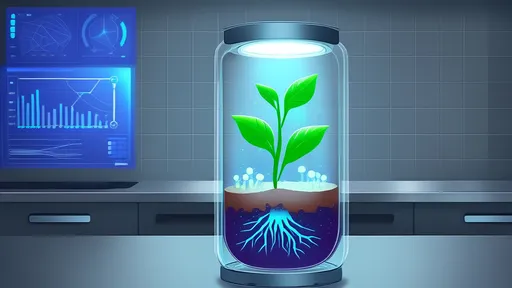
By /Jul 22, 2025
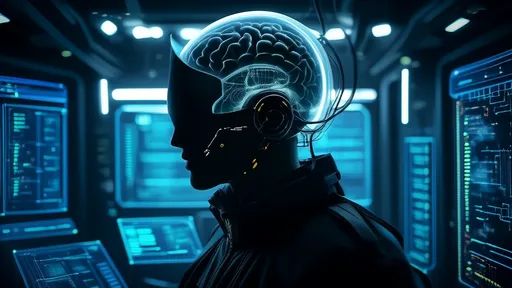
By /Jul 22, 2025

By /Jul 22, 2025
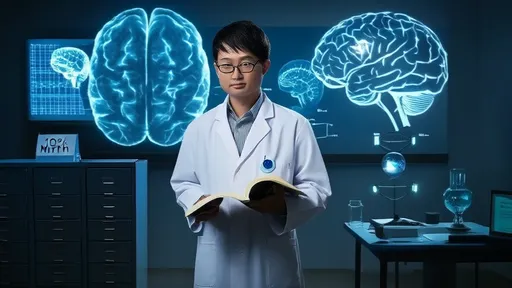
By /Jul 22, 2025
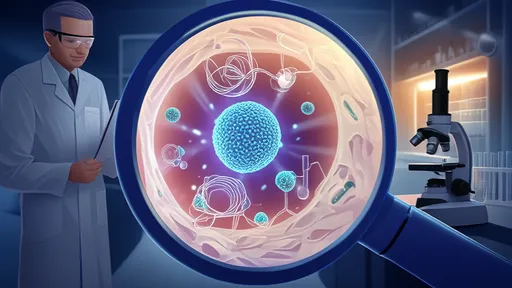
By /Jul 22, 2025
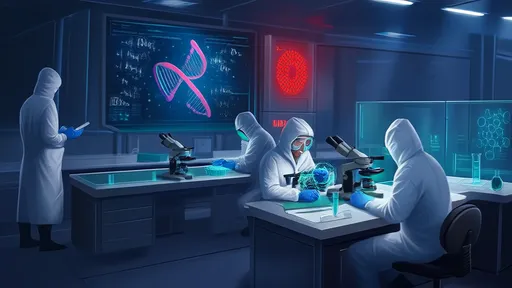
By /Jul 22, 2025
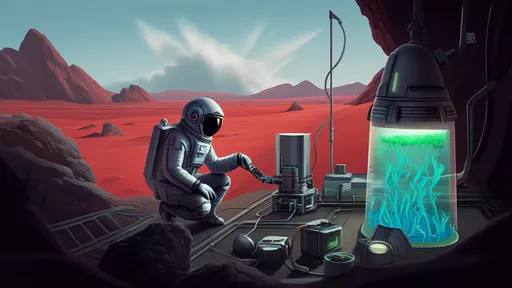
By /Jul 22, 2025

By /Jul 22, 2025
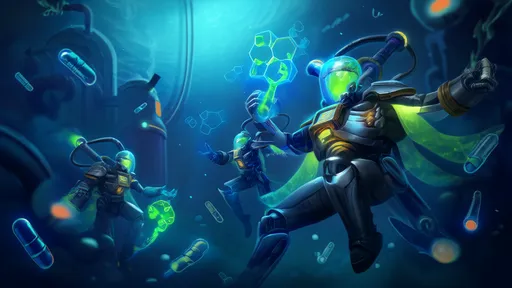
By /Jul 22, 2025
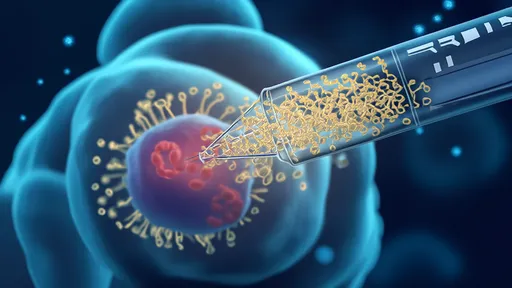
By /Jul 22, 2025
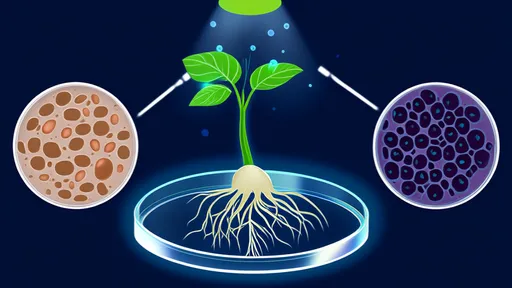
By /Jul 22, 2025
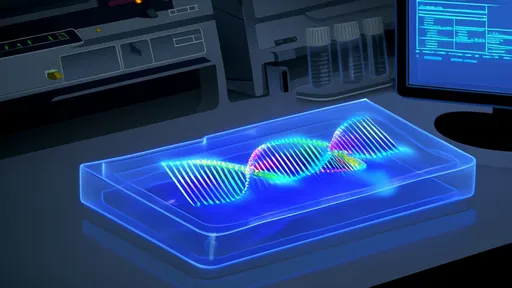
By /Jul 22, 2025

By /Jul 22, 2025
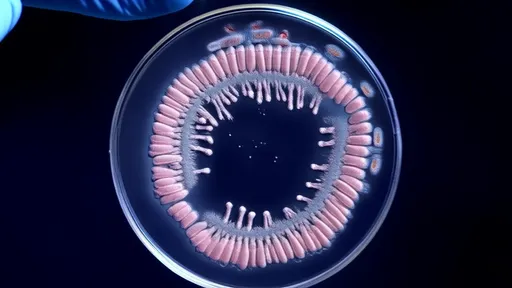
By /Jul 22, 2025